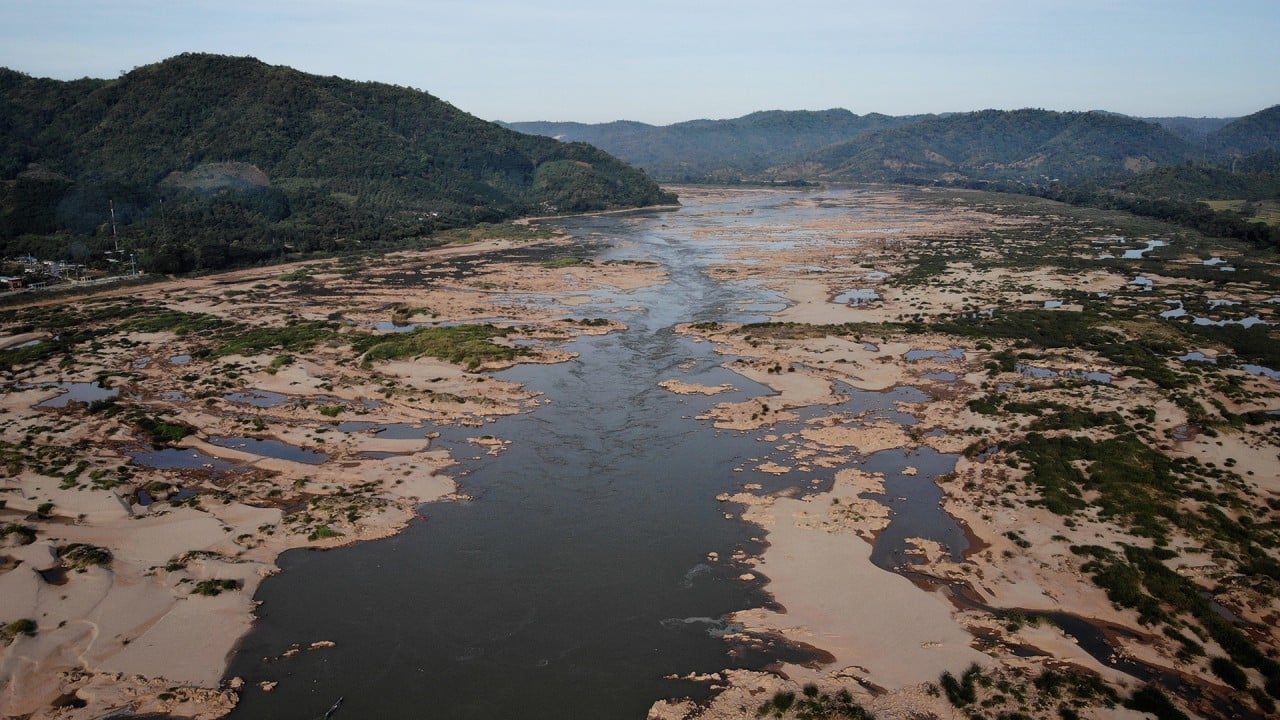
China’s power cuts put spotlight on manufacturing risk in hydropower-reliant southwest
- Manufacturing hubs along the Yangtze River are restricting power consumption in multiple industries to accommodate surging electricity demand
- In the future, Chinese manufacturers may channel future investment towards cooler regions that are less dependent on hydropower, experts say
Disruptions to electricity supply in southwestern China could see manufacturers invest in cooler and less hydropower-dependent provinces in the future, but this summer’s heatwave is unlikely to make them relocate outright, analysts said.
Since June, temperatures of more than 40 degrees Celsius (104 Fahrenheit) have smothered parts of China, from Sichuan in the west to Shanghai in the east, causing the country’s most severe heatwave since 1961.
If disruptions become more regular, manufacturers may channel future investment for factories towards cooler and more coal-reliant coastal regions, despite higher operating costs and the central government’s long-term goal of stimulating western provincial economies, experts said.
At this moment locally they don’t have many options because Sichuan has such a concentration of hydropower
“At this moment locally they don’t have many options because Sichuan has such a concentration of hydropower,” said Ma Jun, founding director of the Beijing-based Institute of Public & Environmental Affairs.
“So mid to long term they have to think about other scenarios. They don’t want to put all their eggs in one basket.”
Despite southwestern China’s hydropower reserves, Yuan said dry periods create risks for enterprises that require continuous production, such as those producing Sichuan’s speciality electrolytic aluminium.
“Rising heat or lack of water may ultimately cause changes to the way we work, or where we live,” said Steve Cochrane, chief Asia-Pacific economist with Moody’s Analytics.
“Adapting to climate risk will in one way or another require new investment. It may be investment in current facilities to make them more efficient as climate changes. Or it could involve relocation.”
Today, the southwest contributes to China’s reputation as the world factory, churning out cars, technology and consumer goods.
Value-added output in Sichuan was 1.52 trillion yuan last year, 4.1 per cent of the national total. Industry in Chongqing reached a value-added total of 451 billion yuan in 2021.
Investing in places less strapped for water and energy could hit productivity at first but be worth the effort longer term, Cochrane said.
Early investment could limit disruptions such as migration and relocation
“The earlier the investment in such a transition, the less disruptive and costly will be the transition,” he said. “Early investment could limit disruptions such as migration and relocation.”
Unusually dry weather looms as one such disruption. Rainfall in Sichuan province has declined by 40-50 per cent in July and August this year from the same period in 2021, threatening hydropower, said Evan Li, head of Asia energy transition at HSBC Global Research.
He said hydropower accounts for 80 per cent of power generation in Sichuan and that coal-fired power “appears insufficient to make up for the shortfall”. Chinese Vice-Premier Han Zheng this week called for more coal use as hydropower supply is threatened by drought.
“Certain heavy industries in the region are facing shortages of power,” Li said.
Based on Chinese media reports, Li said “the short-term easy fixes, such as coal and thermal power as base load and available backups, as well as cross-provincial power transmission lines, are already running near maximum capacity”.
The current heatwave alone is not expected to send manufacturers to cooler climates.
“In a country like China, power outages, flooding, drought and other natural disasters and unexpected developments are happening every year,” said Shuang Ding, head of Greater China economic research at Standard Chartered.
Officials in China could improve grid management to ensure power supply in areas suffering under extreme heat, some analysts said.
Last year’s power crunch emerged because of “ineffective distribution” of electricity through the grid, Li said.
“The key challenge is that the existing grid capacity in Sichuan is not enough to support such strong demand for power,” said Alfredo Montufar-Helu, director of insights for Asia at The Conference Board research association.

“The reactivation of industrial activity following the relaxation of Covid restrictions had already led to a surge in the demand of electricity, which used much of this capacity.
“Current events should lead authorities to think about how to modernise the grid and increase its capacity to avoid a similar situation.”
The Ministry of Water Resources has said it will continue releasing water from major reservoirs along the Yangtze River to help relieve drought. The ministry had discharged 5.3 billion cubic metres as of Wednesday.
In Chongqing, the economic centre of the upper Yangtze, 66 rivers have been depleted and 25 reservoirs have dried up.
Cambodia, Laos, Thailand and Vietnam are likely watching for any diversions of water from the upper reaches of the 4,350km-long Mekong River, which they rely on for fish and irrigation.
In factory-intensive Vietnam, Ho Chi Minh City is expected to establish 104 of its own reservoirs by 2025 to control Mekong River flows, domestic media outlets said.
“People are pretty pessimistic about the Mekong region, because the water is depleting and it’s not as abundant as before – there are a lot of dry areas,” said Jack Nguyen, a Ho Chi Minh City-based consultant to multinationals.





